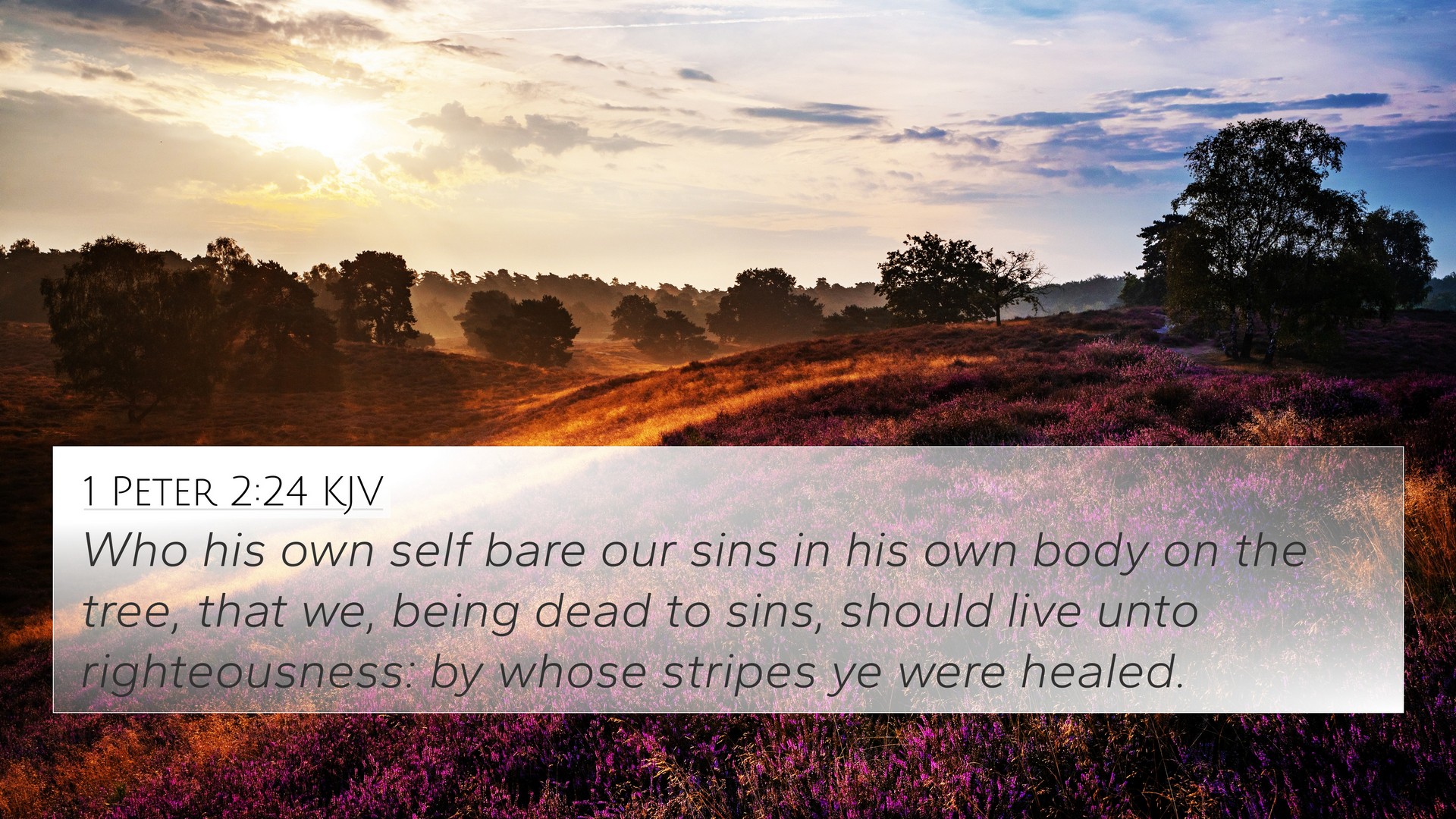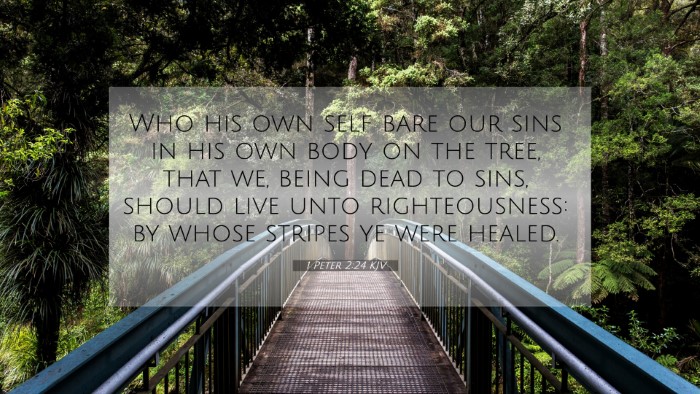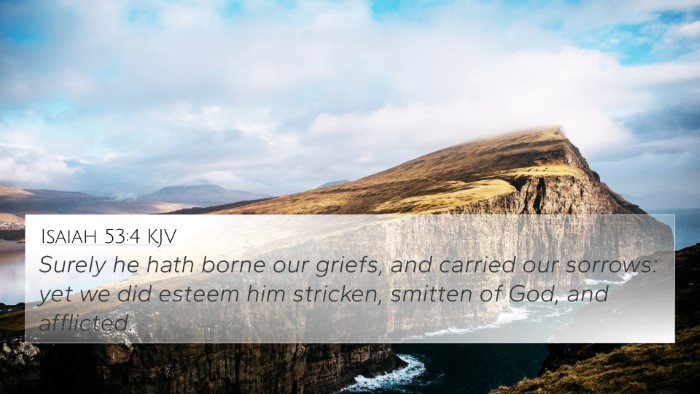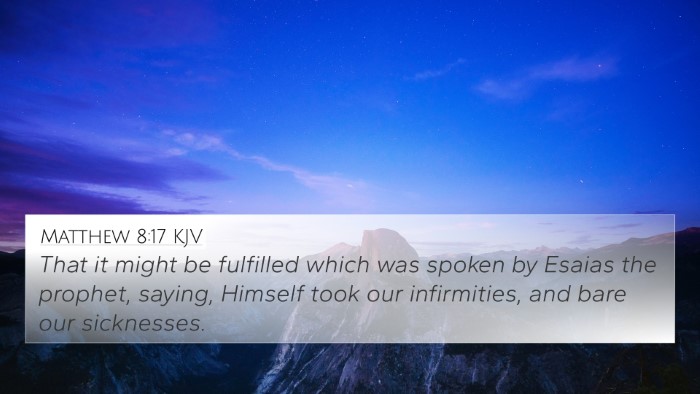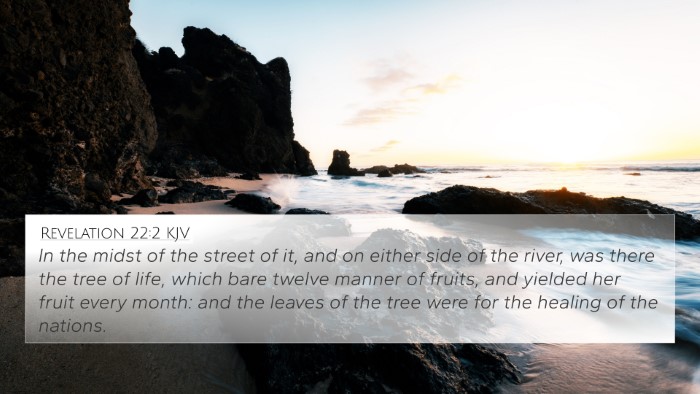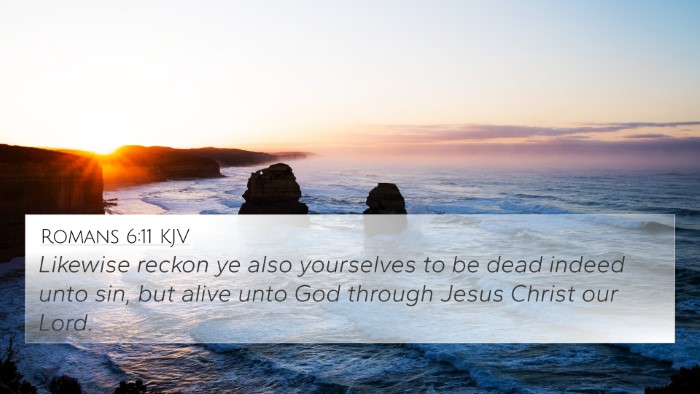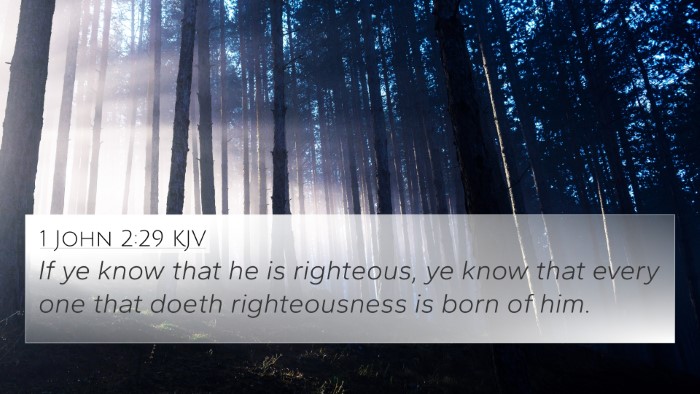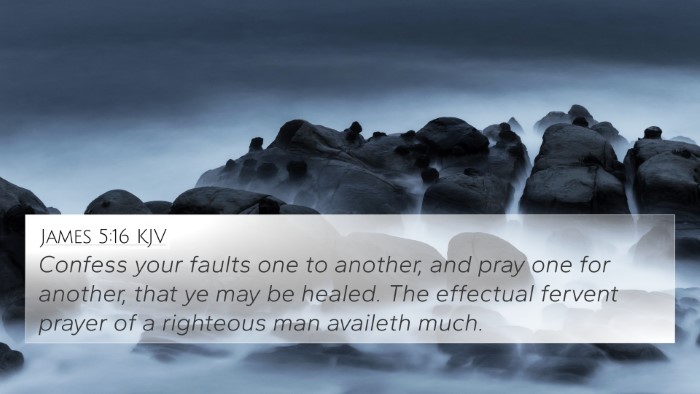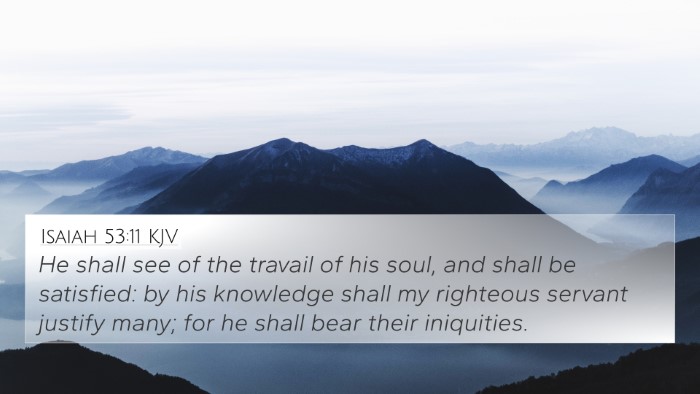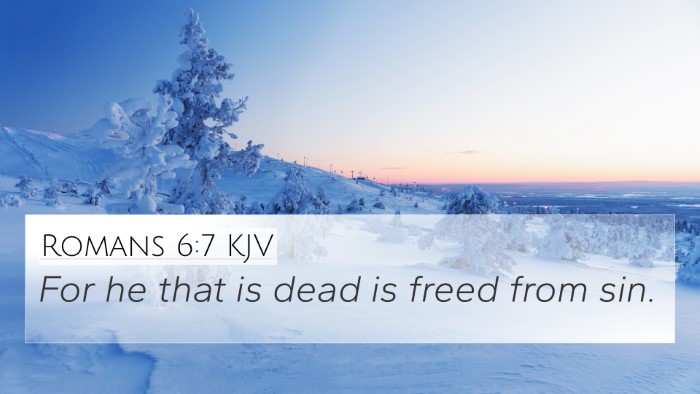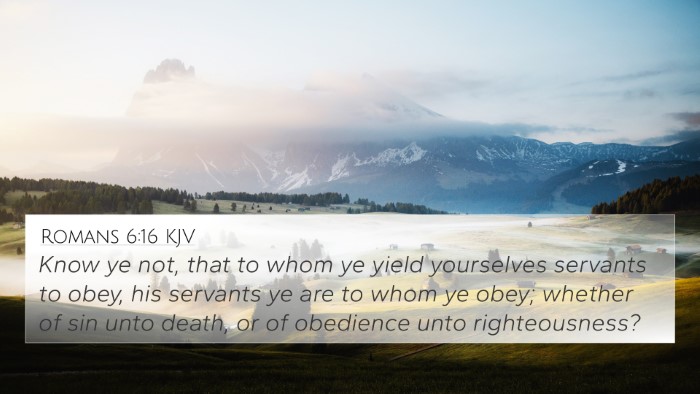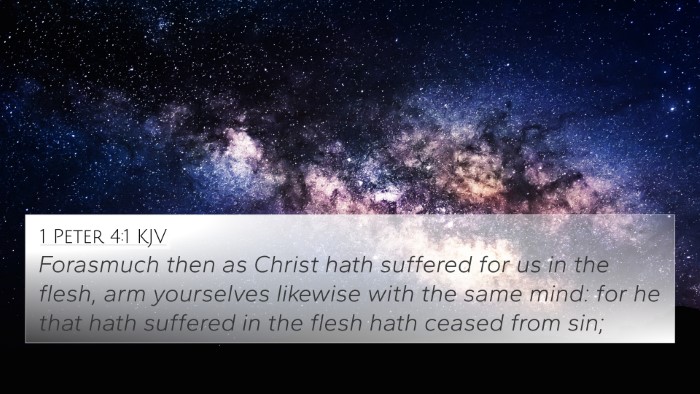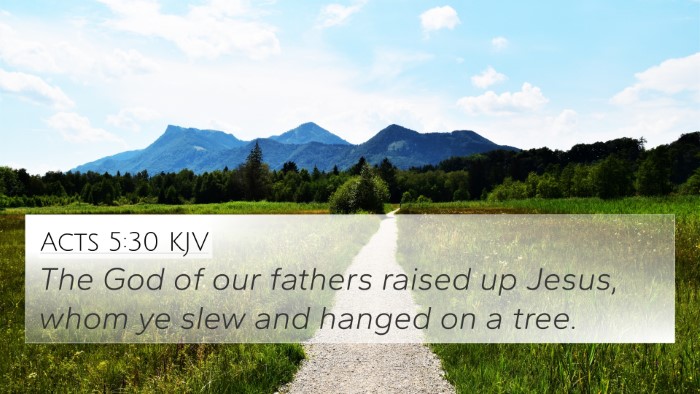Understanding 1 Peter 2:24
Verse: "Who his own self bare our sins in his own body on the tree, that we, being dead to sins, should live unto righteousness: by whose stripes ye were healed." (1 Peter 2:24)
Verse Context and Background
1 Peter 2:24 is a powerful verse that encapsulates Christian theology regarding sin, atonement, and healing through Christ. The Apostle Peter is writing to encourage believers who are experiencing suffering and persecution, reminding them of the redemptive work of Christ.
Key Insights from Public Domain Commentaries
-
Matthew Henry:
Matthew Henry emphasizes the significance of Christ bearing our sins. He notes that not only did Christ physically suffer, but spiritually, He bore the weight of sin that separates mankind from God. This act is essential as it highlights the depth of Christ's sacrifice and the purpose behind His suffering, which was to bring humanity back to righteousness.
-
Albert Barnes:
Albert Barnes discusses the phrase "on the tree," interpreting it as a reference to the cross. Barnes highlights that this is a fulfillment of the Old Testament curse associated with hanging on a tree (Deuteronomy 21:23). The idea here connects the sacrificial system of the Old Covenant with the reality of Christ’s sacrifice for our sins.
-
Adam Clarke:
Adam Clarke delves into the implications of being "dead to sins." He elaborates that through Christ's sacrifice, believers are called to live a new life characterized by righteousness, implying a transformative process. Clarke emphasizes the necessity for believers to recognize their new identity and live accordingly, reflecting Christ's righteousness in an unholy world.
Theological Implications
Theological discussions surrounding this verse point to the doctrine of atonement, suggesting that Christ's suffering was both substitutionary and redemptive. His stripes signify the suffering endured, leading to spiritual healing and physical wholeness as part of Christ's atoning work.
Cross-Referenced Bible Verses
To fully understand 1 Peter 2:24, it is essential to explore several cross-references that reveal similar themes and connections in Scripture:
- Isaiah 53:5: "But he was pierced for our transgressions; he was crushed for our iniquities; the punishment that brought us peace was on him, and by his wounds, we are healed." This verse directly parallels with Peter's mention of "by whose stripes ye were healed." It emphasizes the prophetic nature of Christ’s suffering.
- Galatians 3:13: "Christ redeemed us from the curse of the law by becoming a curse for us— for it is written: 'Cursed is everyone who is hung on a pole.'" This verse reinforces the connection between suffering and redemption, akin to Peter's message.
- Romans 6:11: "So you also must consider yourselves dead to sin and alive to God in Christ Jesus." This admonition echoes Peter's exhortation for believers to live unto righteousness.
- John 1:29: "The next day John saw Jesus coming toward him and said, 'Look, the Lamb of God, who takes away the sin of the world!'" This reflects on Christ's role as the sacrificial Lamb, connecting to the atonement message presented in 1 Peter.
- Hebrews 9:28: "So Christ was sacrificed once to take away the sins of many; and he will appear a second time, not to bear sin, but to bring salvation to those who are waiting for him." This reinforces the premise of Christ’s single, sufficient sacrifice for sin.
- Ephesians 2:1: "As for you, you were dead in your transgressions and sins." This illustrates the state of humanity before Christ's redemptive work, correlating with the need for being "dead to sins."
- Colossians 1:22: "But now he has reconciled you by Christ’s physical body through death to present you holy in his sight, without blemish and free from accusation." This aligns with giving the believer a new status of righteousness.
- 1 John 1:7: "But if we walk in the light, as he is in the light, we have fellowship with one another, and the blood of Jesus, his Son, purifies us from all sin." This emphasizes the cleansing aspect of Christ's sacrifice.
- Matthew 8:17: "This was to fulfill what was spoken through the prophet Isaiah: 'He took up our infirmities and bore our diseases.'" This ties back to the concept of healing through Christ, linking to Peter’s statement about healing by His stripes.
- Romans 5:1: "Therefore, since we have been justified through faith, we have peace with God through our Lord Jesus Christ." This reflects on the result of Christ’s sacrificial death, which is reconciliation with God, like the righteousness referenced in Peter's epistle.
Thematic Connections
1 Peter 2:24 provides a rich thematic connection throughout the Bible. The themes of sacrifice, healing, and righteousness are interwoven in various books of the Bible. These cross-referenced passages allow for a comprehensive understanding of the implications of Christ's suffering.
Practical Applications
Believers today can derive several practical applications from 1 Peter 2:24:
- Embrace the reality of sin and the need for redemption through Christ.
- Recognize the transformational power of Christ's sacrifice in our daily lives, choosing to live righteously.
- Find comfort and healing in the sufferings of Christ, understanding that He empathizes with our struggles.
- Encourage one another in the faith, reminding fellow believers of their identity in Christ.
- Participate in the communal aspect of faith by sharing in the fellowship of believers, as we are all recipients of His grace.
Conclusion
1 Peter 2:24 serves as a profound reminder of Christ’s sacrificial love and the resulting transformation for believers. By understanding and cross-referencing related scriptures, believers can deepen their appreciation for the significance of Christ's work and apply it meaningfully in their lives.
Further Study and Tools
For those interested in conducting a further study of biblical connections and themes, consider utilizing resources such as:
- Bible concordances for topic-based studies.
- Bible cross-reference guides to explore thematic links.
- Online tools and software that assist in cross-referencing biblical texts.
- Participate in Bible studies focusing on cross-referencing and thematic exploration.
